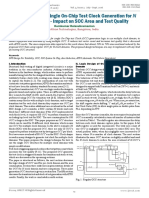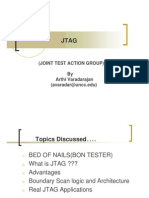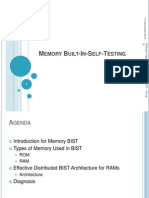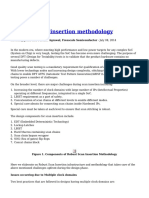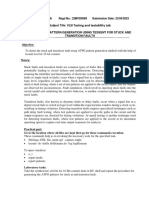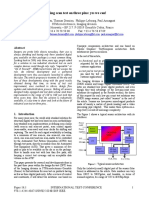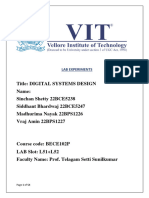100% found this document useful (1 vote)
268 views3 pagesOn-Chip Clock Controller - VLSI Tutorials
Uploaded by
Sindhu OjhaCopyright
© © All Rights Reserved
We take content rights seriously. If you suspect this is your content, claim it here.
Available Formats
Download as PDF, TXT or read online on Scribd
100% found this document useful (1 vote)
268 views3 pagesOn-Chip Clock Controller - VLSI Tutorials
Uploaded by
Sindhu OjhaCopyright
© © All Rights Reserved
We take content rights seriously. If you suspect this is your content, claim it here.
Available Formats
Download as PDF, TXT or read online on Scribd
/ 3




